
Canon Bird Branch Project
Biodiversity Initiatives
The project highlights the cycle of life through various activities focusing on wild birds. Project content includes summaries of Canon's activities around the world, beautiful images highlighting bird life, and advice on how to photograph birds.
![]()
![]()
A Bird is a Symbol of the “Cycle of Life”
A bird is a symbol of the “Cycle of Life” and occupies the top of the local ecological pyramid, which consists of other living beings like plants, insects and small animals. Looking, for example, at the living things in a raptor's habitat, there are insects and plants, which are fed by nutrients in the water and soil. These insects an plants, in turn, feed small birds and animals, which then become a food source for the raptors. In their local habitat, birds are part of this cycle of life and contribute to the maintaining of a healthy ecosystem.
Blessings from the “Cycle of Life”
All living things are interconnected and have a place in the ecosystem. Humans enjoy a large number of benefits from these ecological systems as well.
The business sector is no exception. Canon Group companies exist around the world, and we use water, air, and many other natural resources that are created in the ecosystem over long periods of time. Many employees work in our offices, and each employee is able to live by receiving benefits from the “Cycle of Life.” We recognize that we are interconnected with many other living beings and are living by benefiting from nature, including birds.
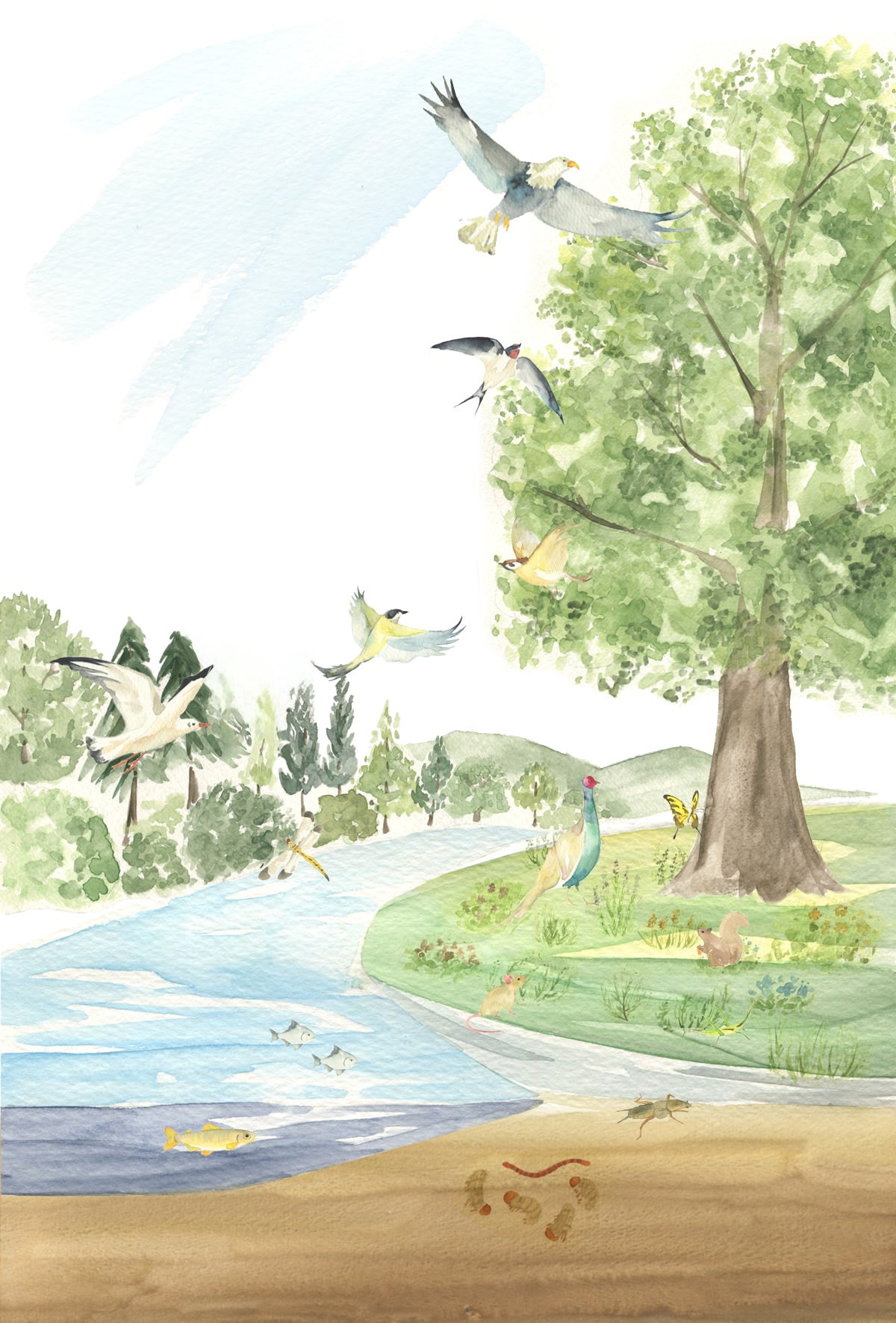
Raptores
like eagles and falcons that feed on small animals and birds, are at the top of the ecological pyramid in Japan and many other regions.
Migratory birds
like swallows, often fly around a wide area, based on the season and the environment. By creating green spaces at our sites and in the local community, their ecosystem can be preserved across a wide area.
Non-migratory birds
like pheasants and sparrows, stay in one place year-round. It is a good measure of the health of the ecosystem if several types of non-migratory birds come to green spaces to breed.
Plants feed insects and herbivores.
Small animals and birds feed raptors and carnivores.
Water, filtered by the soil, runs to the sea. The water evaporates and becomes rain.
Insects feed small animals and birds.
Dry leaves and grasses are decomposed by microbes and become organic matter.
The nutritious soil feeds small animals, like worms, insects, and plants.
Learning about and encouraging the "Cycle of Life" together with the local community
Canon Group companies around the world carry out sustainable business practices in our operations, including design, manufacturing, logistics, sales, service, reuse and recycling. We strive to minimize negative environmental impacts across all of our operating sites. In addition, we carry out such activities aimed at protecting ecological systems as planting trees at our sites, preserving green spaces and building watering places.
We cannot, however, protect local ecosystems all by ourselves. We have adopted the bird as a symbol of the life around us. We want to continue learning about our local “Cycle of Life” and expand our activities to promote the “Cycle of Life.” Please refer to our “Biodiversity Policy.”
Local Cycle of Life
Activities to nurture the Cycle of Life
Activities to protect the Cycle of Life
Canon business activities

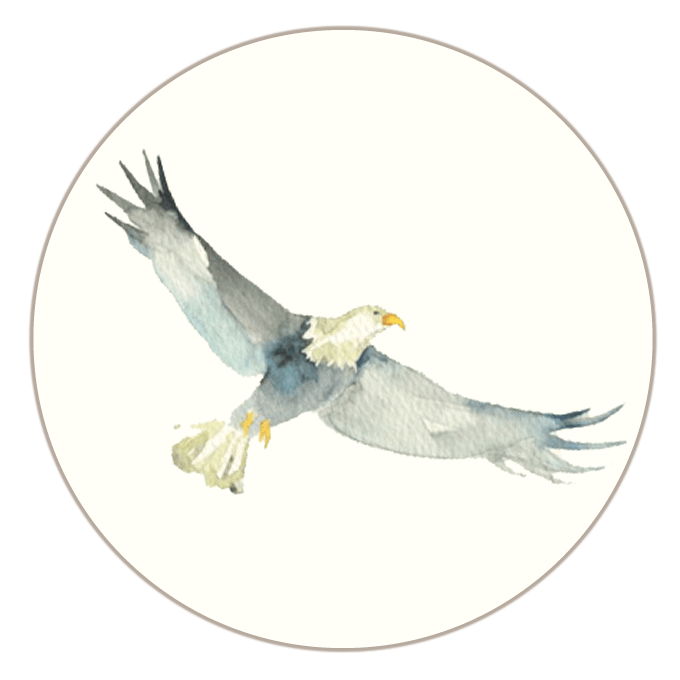
Raptores like eagles and falcons that feed on small animals and birds, are at the top of the ecological pyramid in Japan and many other regions.
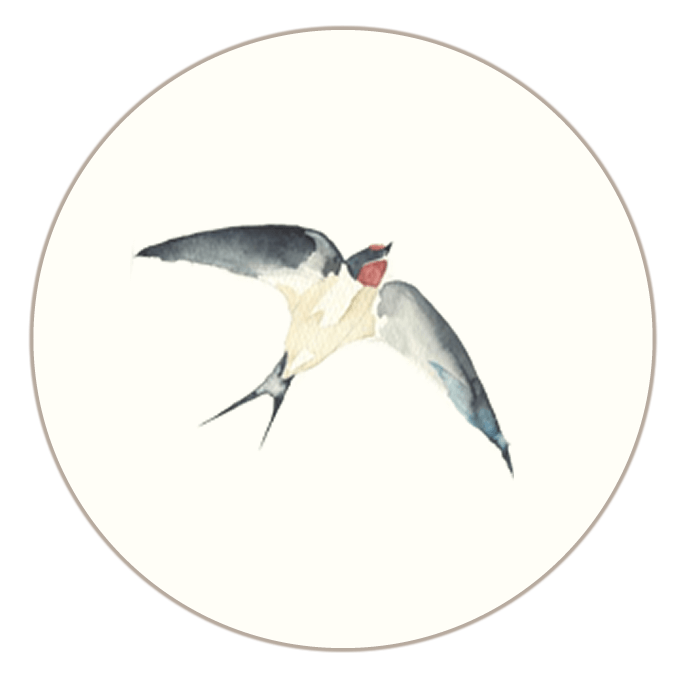
Migratory birds like swallows, often fly around a wide area, based on the season and the environment. By creating green spaces at our sites and in the local community, their ecosystem can be preserved across a wide area.
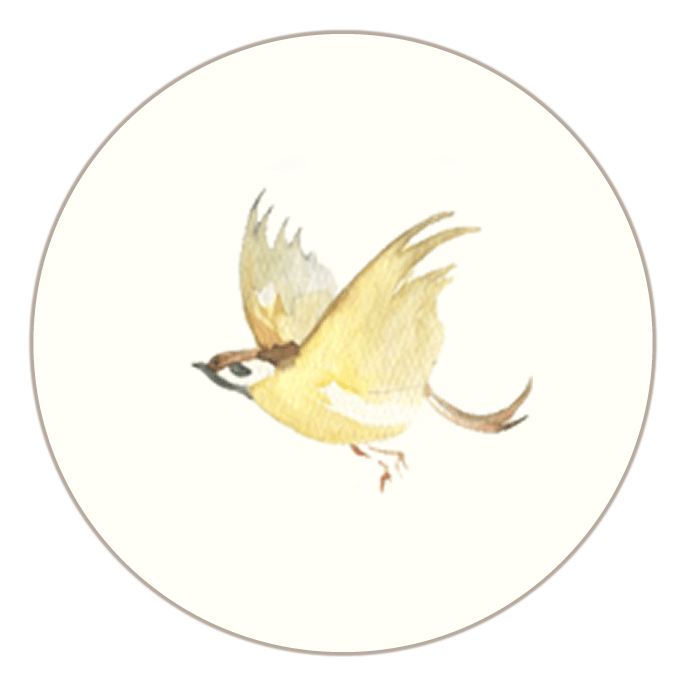
Non-migratory birds like pheasants and sparrows, stay in one place year-round. It is a good measure of the health of the ecosystem if several types of non-migratory birds come to green spaces to breed.

Plants feed insects and herbivores.
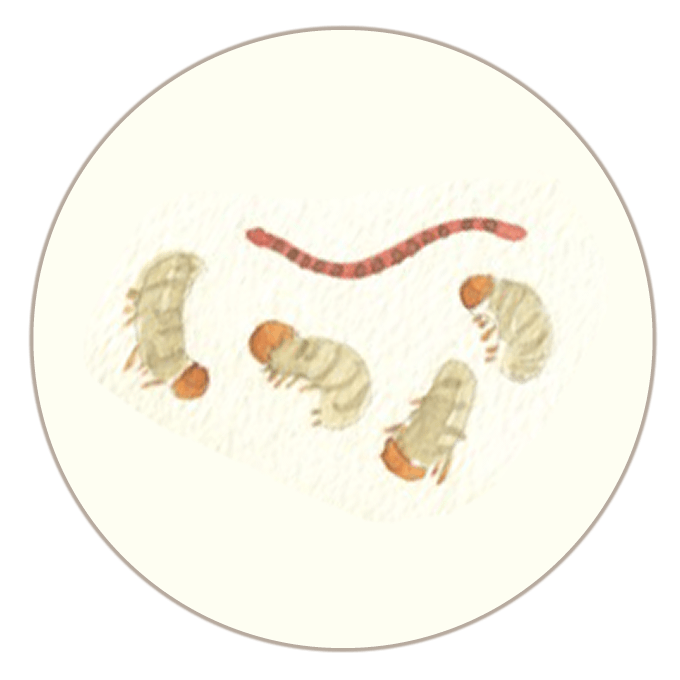
Small animals and birds feed raptors and carnivores.
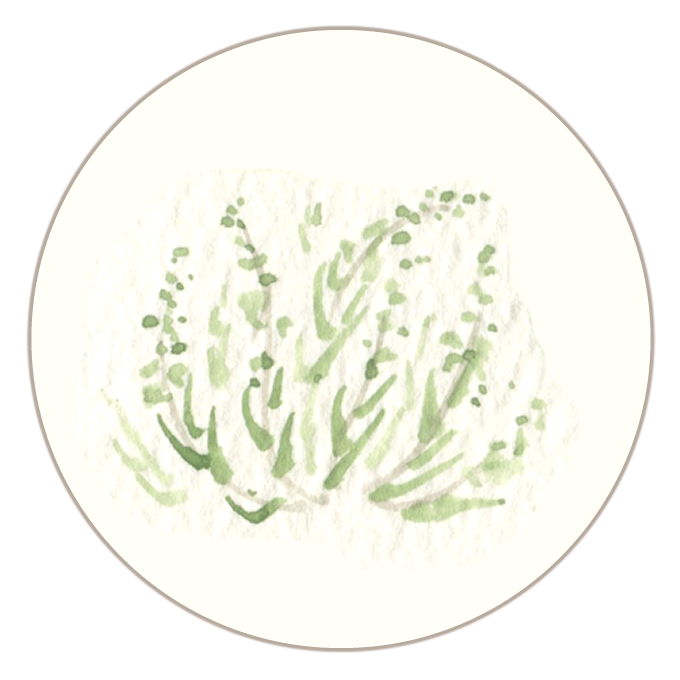
Water, filtered by the soil, runs to the sea. The water evaporates and becomes rain.
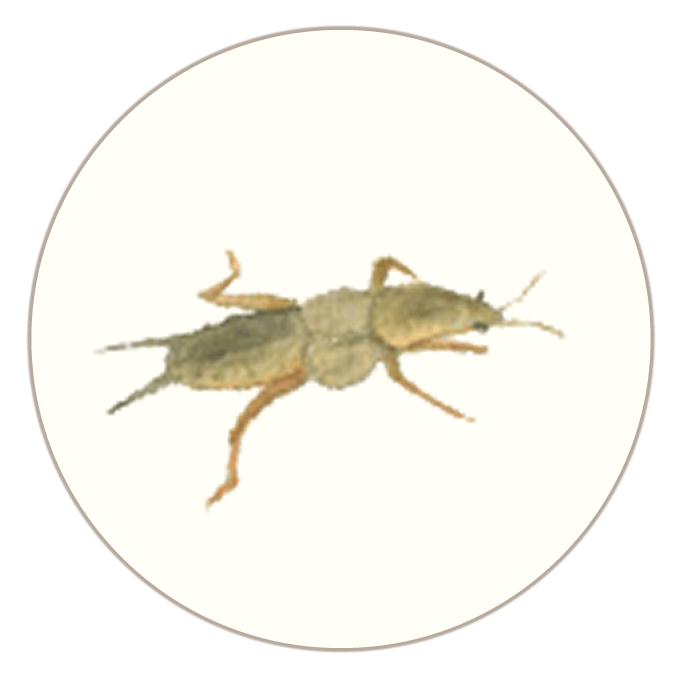
Insects feed small animals and birds.
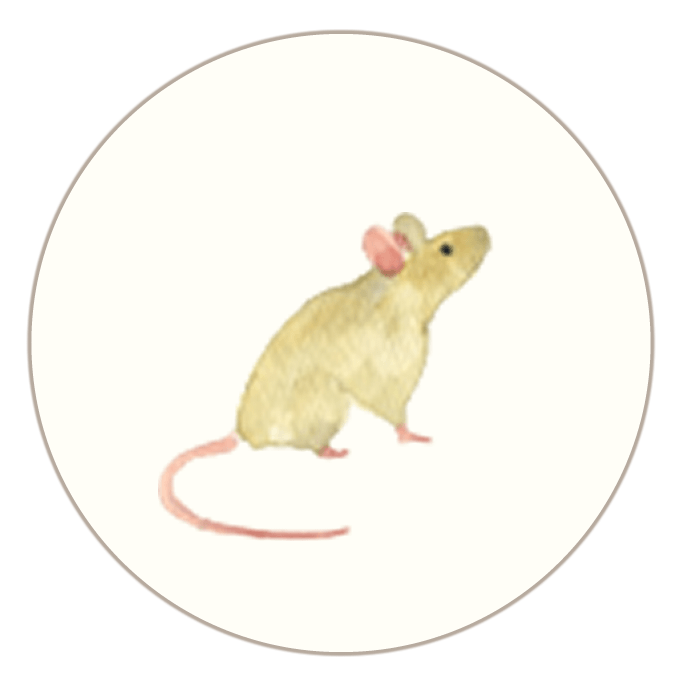
Dry leaves and grasses are decomposed by microbes and become organic matter.

The nutritious soil feeds small animals, like worms, insects, and plants.
Learning about and encouraging the "Cycle of Life" together with the local community
Canon Group companies around the world carry out sustainable business practices in our operations, including design, manufacturing, logistics, sales, service, reuse and recycling. We strive to minimize negative environmental impacts across all of our operating sites. In addition, we carry out such activities aimed at protecting ecological systems as planting trees at our sites, preserving green spaces and building watering places.
We cannot, however, protect local ecosystems all by ourselves. We have adopted the bird as a symbol of the life around us. We want to continue learning about our local “Cycle of Life” and expand our activities to promote the “Cycle of Life.” Please refer to our “Biodiversity Policy.”
Local Cycle of Life
Activities to nurture the Cycle of Life
Activities to protect the Cycle of Life
Canon business activities


